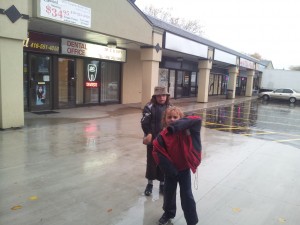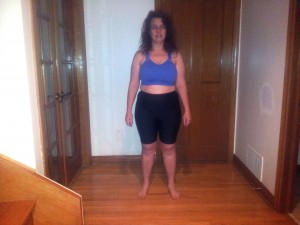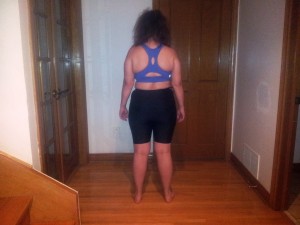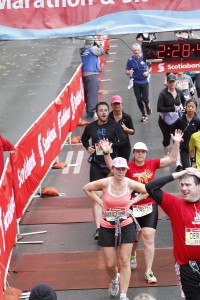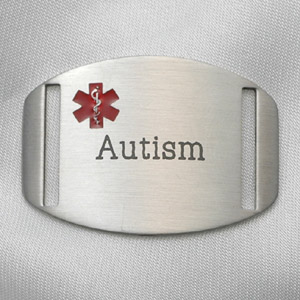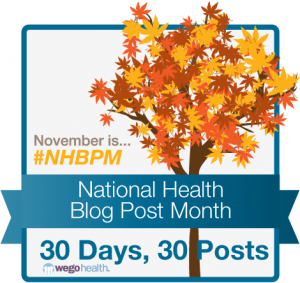From time to time, people who think they could raise my kids better than I do criticise me for not enrolling them in weekend activities, and from time to time, I wonder about that myself. I get this guilty feeling that I’m not exposing my kids to enough opportunities. From a logistical standpoint, it is so difficult, though. Even if you assume that I’m up to my neck in free time during weekends, which I so totally am not, my husband and I only have one car between the two of us. My husband usually goes to work on Saturdays, leaving me at home with the boys and a public transit system that is sporadic over weekends.
The real question is whether this is even an issue. Does it matter that the boys are home with me on Saturdays instead of being whisked off to baseball practice and karate class? It’s not like I get a lot of time with them during the week, and even when I am busy working on invoicing or household admin or laundry, I love having the boys around me. I listen to them play together, which they are doing more and more, and I let them watch movies like Ice Age and Cars 2. I break up their sibling rivalry spats, eat lunch with them, and occasionally bully them into picking up their toys. Sometimes we make “cake in a mug” or s’mores, or play intriguing variations of Scrabble. When I am doing my own thing, the kids will rush up to me at random times just to launch themselves at me and give me a hug.
If they were in weekend activities, none of that would happen. Someday, I know it will all change, and the boys will be off doing their own thing with their friends. But for now, I enjoy having that time with them.
And for the kids, it might not be a bad thing to have a bit of downtime. Their weeks are so busy, with school and homework and time with the respite worker and all the rest of it. I worry that overscheduling them would leave them no time to be kids.
After all, kids should always have the time to run around in the rain and jump in puddles.
Photo credit: Kirsten Doyle





